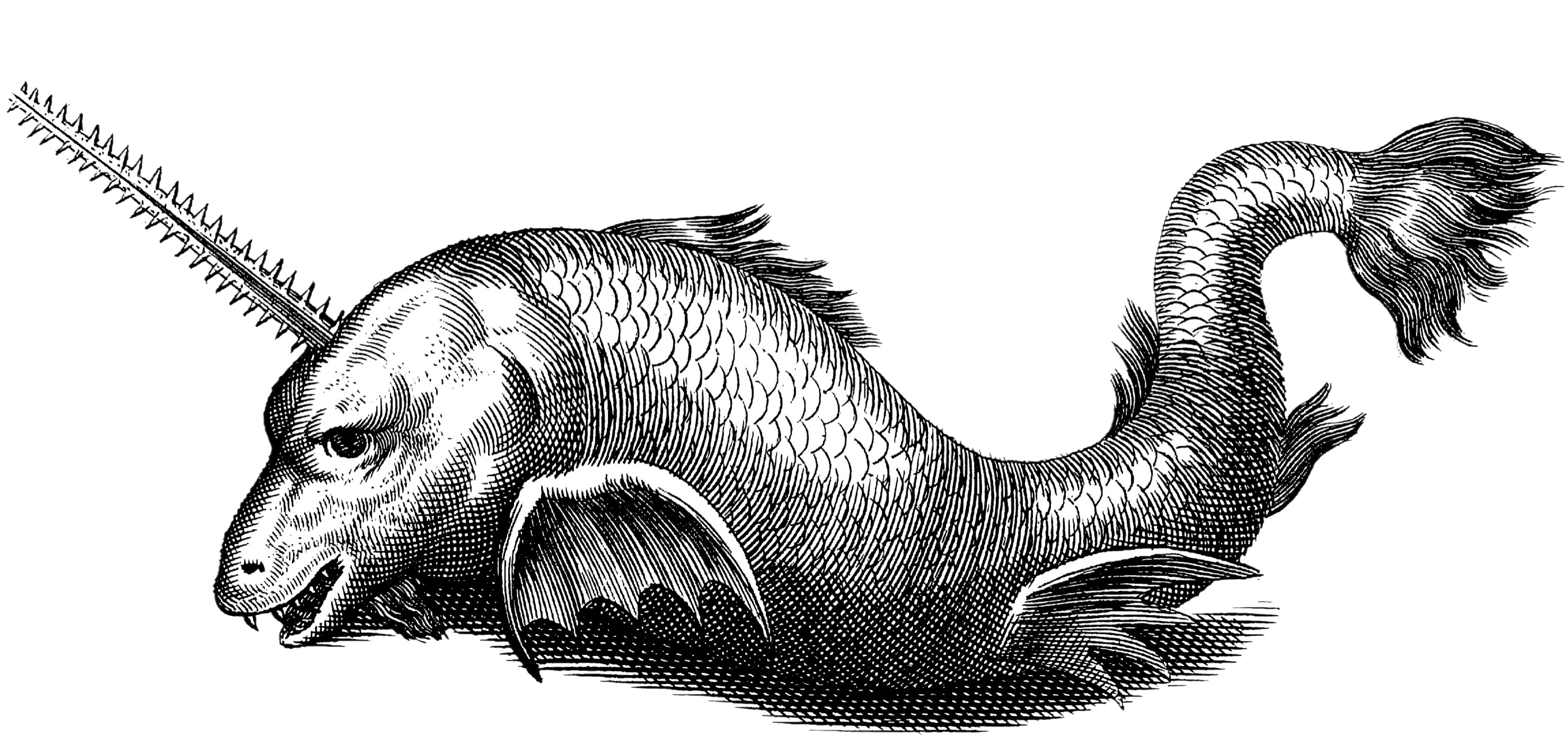I can’t believe how quickly this project is flying by! We had our first big work session as a team this past Wednesday, and managed to really narrow down what specifically our project should be about and how exactly we will be going about it.
Key Decisions Made
During our recent meeting, we reached several important decisions that will shape our experiment:
- Cordage Technique: Chris showed us a source that described how horsehair was braided for use as fishing line in the Middle Ages. It is the only source we have found that so directly details how fishing line was made, so we are using it as our Holy Text. We were initially going to use the cordage techniques taught to us by Kimberly Nelson, but decided that we should braid all of our materials using the same technique for the sake of consistency.
- Simplifying Variables: We decided to avoid testing different plies of fishing line. This choice allows us to increase our sample size, enhancing the reliability of our findings, even though it reduces the complexity of our experiment.
- Focusing on Atlantic Cod: To maintain a more focused approach, we will only consider the Atlantic Cod for our tests. This species was chosen because it’s the larger of the two we were considering, so if one of our fishing lines could theoretically catch an Atlantic cod, then we can assume it could catch hake with ease as well. Additionally, cod played a larger role in the fishing industry at the time.
- Defining Variables: We clarified that we will not be testing tensile strength, as we do not have the means to. We will be conducting pound-tests which are achievable with the materials we have on hand.
Learning and Preparations
Anuk brought all the materials he had gathered, and we quickly got up close and personal with them. Ainsley shared her expertise in braiding, teaching Chris and I how to correctly braid our lines. We’ve each taken some materials to braid lines individually, so we wanted to make sure we were all doing it correctly before going our separate ways. This preparatory work sets us up for a collaborative effort during reading week, where we’ll conduct our main experiment. We also tracked down a spring scale that has a high enough weight capacity to be useful for our experiment, landing on one that can measure up to 400 lbs.

Contemplating Outcomes
An intriguing aspect of our discussion revolved around potential outcomes. We pondered the scenario where none of the fishing lines snap during our tests. If this happens, it might suggest that the strength of the material played a less significant role in its selection during the Middle Ages. Instead, the availability of materials might have been a more critical factor. It was reassuring to consider this outcome, as after making a few short lengths of fishing line and pulling on them, they seemed very strong, so the above situation is a very real possibility.
Moving Forward
As we progress, we’re excited to see how our fishing lines turn out, and how they fare against each other. We decided that we want to have all testing completed by the time reading week is finished to give us a solid two weeks to work on our poster and exhibition. Stay tuned for more updates as we delve deeper into the world of medieval fishing line!
